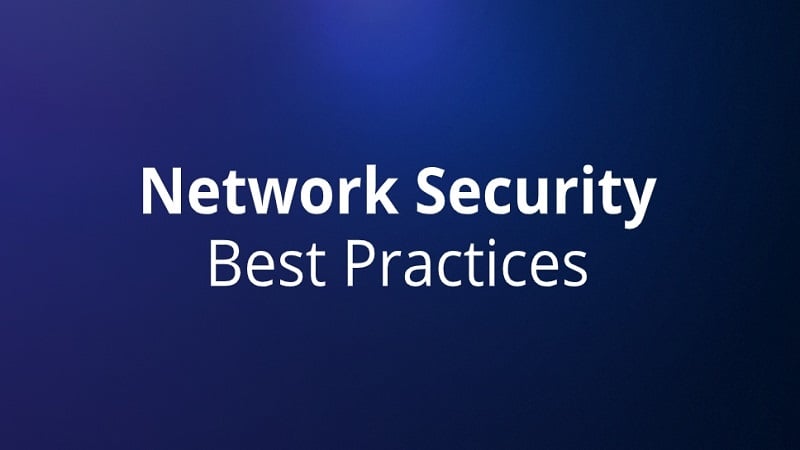As the world of technology continues to evolve, so do the threats that can compromise business networks. To ensure the safety of your data and protect against malicious actors, it’s not enough to just learn the difference between http and https. Here are five best practices for ensuring network security.
1. Implement Firewalls
Firewalls are a barrier between a company’s private network and the public internet, monitoring all incoming and outgoing traffic and blocking malicious traffic from entering your system. Firewalls are practical tools for blocking malicious traffic and unauthorized access by outside sources and helping to screen out unwanted content.
Due to their importance in protecting a network, administrators should take the time to evaluate their business' specific needs before purchasing a firewall and consulting with an expert or vendor.
Firewalls must be effectively configured by identifying valid information from potential attack sources, restricting rules accordingly, and updating them continuously. Establishing the appropriate firewall procedures can protect networks from known threats and keep data secure for businesses.
2. Monitor User Activity

Ensuring network security is essential for all businesses, and monitoring user activity is a crucial component of that security. It is important to monitor activity logs within the network frequently to detect any malicious or suspicious behavior.
Most large-scale networks have security software they can set up to track user logins and any changes to files or system settings. If removed without permission, such changes should be noticed immediately and dealt with accordingly.
Additionally, businesses should assign access levels to each user account depending on their roles and level of responsibility in the organization. These precautions can help limit potential damage if unauthorized users gain access to the network by providing insight into when the breach occurred, who is responsible, and what information was accessed. Monitoring user activity may take some effort in setup and implementation, but ensuring comprehensive network safety is necessary.
3. Use Strong Passwords
Malicious actors can easily guess or crack weak passwords, leaving your system vulnerable to attack. To ensure that your passwords are secure, use a combination of upper- and lower-case letters, numbers, and symbols whenever possible, and make sure that they aren’t words found in the dictionary.
It’s also essential to change them regularly to stay one step ahead of cybercriminals who may have already gained access via outdated credentials.
4. Use Encryption Software
Encryption software is one of the best practices to keep your information secure. Encryption technology transforms digital data into an unintelligible, scrambled format requiring a matching decryption key to read or understand.
Users should never input personal information unless they’ve enabled encryption on their website or application. The encryption process can provide an extra layer of online protection that helps you rest assured, knowing your confidential information will stay safe throughout its travels over the internet. Also, invest in information security tools, like Tentacle, for an additional layer of security.
5. Install Antivirus Software & Update Regularly

Installing antivirus software on all devices connected to a network and regularly updating it is an essential best practice for ensuring network security. Antivirus software prevents malicious and unauthorized access to the network, screens out dangerous files or emails, scans individual hardware for potential threats, and provides real-time protection from cyber attacks.
A robust antivirus program should feature automated scanning capabilities and real-time protection to catch potential threats before they become problems. Updating antivirus programs ensures the most current threat signatures are recognized, allowing IT administrators access to the latest security measures.
Businesses must view their network security as a dynamic, living system monitored and adapted continuously to ensure maximum protection against today's advanced cyber threats.
Final Thoughts
A comprehensive network security strategy is essential for protecting businesses from malicious actors looking to exploit vulnerabilities within their systems. Go beyond and don't just learn the difference between HTTP and HTTPS. Follow the steps outlined above to keep your business safe from outside threats while giving yourself peace of mind knowing that you are doing everything possible to secure your information online!
